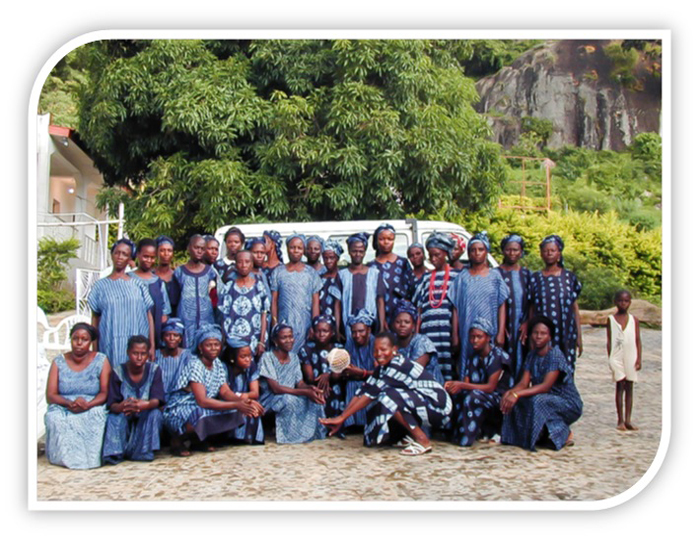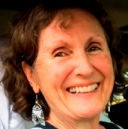
Craftspersons/ Artisanal, Design, Designers, Education/Learning, Innovation, Contemporization
The Making of Nigeria’s Foremost Fiber Artist: Nike Okundaye and Osogbo Art
Scott, Victoria
Issue 06,Autumn 2020
Issue #006, Autumn, 2020 ISSN: 2581- 9410
Osogbo is a traditional Yoruba town in southwest Nigeria. Today it is the capital of Oshun State, with a population of about 500,000. The Yoruba people constitute one of Nigeria's three main cultural groups living primarily in the southwest of the country. Britain ruled Nigeria for almost 60 years until independence in 1960. A period of political and cultural awakening throughout the country followed Independence. Osogbo Art was a part of the flowering of Nigerian culture that followed Independence.
In 1950 Horst Ulrich (Ulli) Beier, a German editor, writer and scholar and his wife, Austrian artist Susanne Wenger, moved to Nigeria where Beier took a position as a lecturer at the University of Ibadan. He became interested in Yoruba culture and transferred to the Extra-Mural Studies department. The Yoruba are a traditionally urban people who practice the arts of woodcarving, pottery, weaving, indigo dyeing, and wall painting. They are also great dancers, performers and musicians with a profound and complex religious tradition.
Beier ventured beyond Ibadan to learn more about Yoruba communities in the area. He wanted to encourage the revival of local culture, but he recognized that its form must reflect contemporary reality as well as history. In 1961, he co-founded The Mbari Club in Ibadan, a center for writers, artists and musicians. But he was not satisfied; he searched for a place wher...
This is a preview. To access all the essays on the Global InCH Journal a modest subscription cost is being levied to cover costs of hosting, editing, peer reviewing etc. To subscribe, Click Here.



